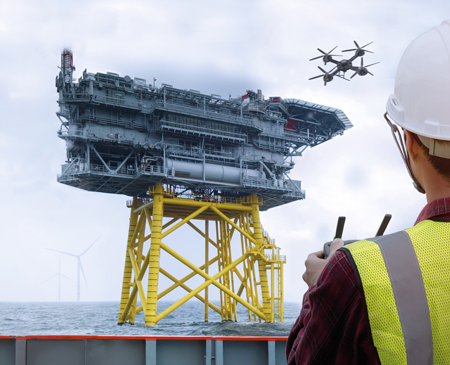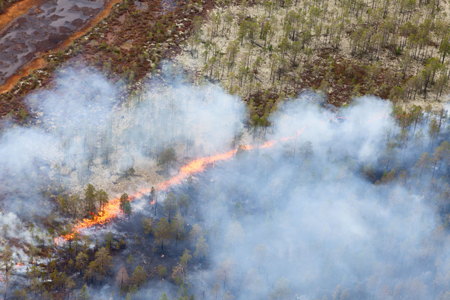The transformational technology of drones in emergency services

Widely regarded as one of the key transformational technologies of our age, drones are poised to fundamentally shift the way we engage with the world around us. UK PwC estimates that there will be more than 76,000 drones in the UK by 2030, contributing an additional 2% to the UK GDP in real terms of cost savings and increased productivity. It is a sector that has expanded in value from $40m in 2014 to $1 billion this year, according to Forbes. As these use cases become harder to ignore, the widespread adoption of drones may be closer than we think.
In 1880 Alexander Graham Bell said: “One day there will be a telephone in every major city in the USA." Even someone as farsighted as Bell could not have imagined quite how far his invention would permeate to every level of society; drones have the potential to become equally widespread once society appreciates their full usefulness.
The potential of drones to contribute to society is overwhelming, ranging from traffic management, improved health care, more streamlined logistics, better delivery experiences, new ways to transport goods and services and a significant impact on safety and communication.
Drones and Disaster Relief
Drones can also play a role in improving safety in civilian environments, for example confirming the presence of a fire, checking that people are evacuating the danger area and monitoring people flow, whilst simultaneously providing accurate, live-feed situation awareness to first responders and emergency services.
Drones may not be in use across all of emergency services, but adoption of the technology is making great strides in the areas of surveillance, law enforcement and search and rescue. They are cheap to deploy, agile enough to be deployed to hard to reach places and remove the risk to human life when surveying hazardous sites.

Infrared technology linked to drones has been effectively deployed by law enforcement to monitor high density events such as football matches for potential terrorist attacks, as well as being able to track licence plates from a convenient altitude to map threats effectively and efficiently. Drones have been found to be particularly useful in search and rescue operations such as mapping and investigating unstable terrain in the aftermath of a natural disaster.
The potential for efficiency for fire departments monitoring vast areas under threat is but one use-case where drones could fundamentally streamline processes and mitigate major disasters.
Drones have been used to build temporary telecoms networks in areas where a natural disaster has destroyed infrastructure, as Puerto Rico in the aftermath of Hurricane Maria in 2017. And fire departments could monitor vast areas under threat from forest fire in places like California, Australia and Europe.
So why aren’t drones everywhere yet?
Many early adopters of drone technology have been enthusiasts and start-ups, so a large proportion of the operator sector is too small scale to leverage their technology or expertise and offer it to the big enterprises that can benefit most – utilities companies, telecoms giants and mass retailers, all with vast real estate and complex infrastructure to manage.
However, products such as SOARIZON® by Thales will solve this issue. SOARIZON is a digital tool giving large scale customers and small operators a shared platform to communicate on, so that large enterprises can access trusted operators who can use it to scale up their operation for customers of any size.
The law also needs to catch up as commercially available drones climb higher, fly faster and carry an increasingly sophisticated and often heavier sensor payload. Hopefully the UK Government’s Industrial Strategy and Drones Bill will seek to address drone usefulness rather than limit it.
Conclusion
The use of drones today is barely scratching the surface of this game-changing technology, but progress is being made, not only in finding the solutions for unleashing the latent potential of drones but in finding new questions for the technology to answer.
Once organisations open their eyes to the new opportunities that drones offer, they will fundamentally transform our everyday lives.


